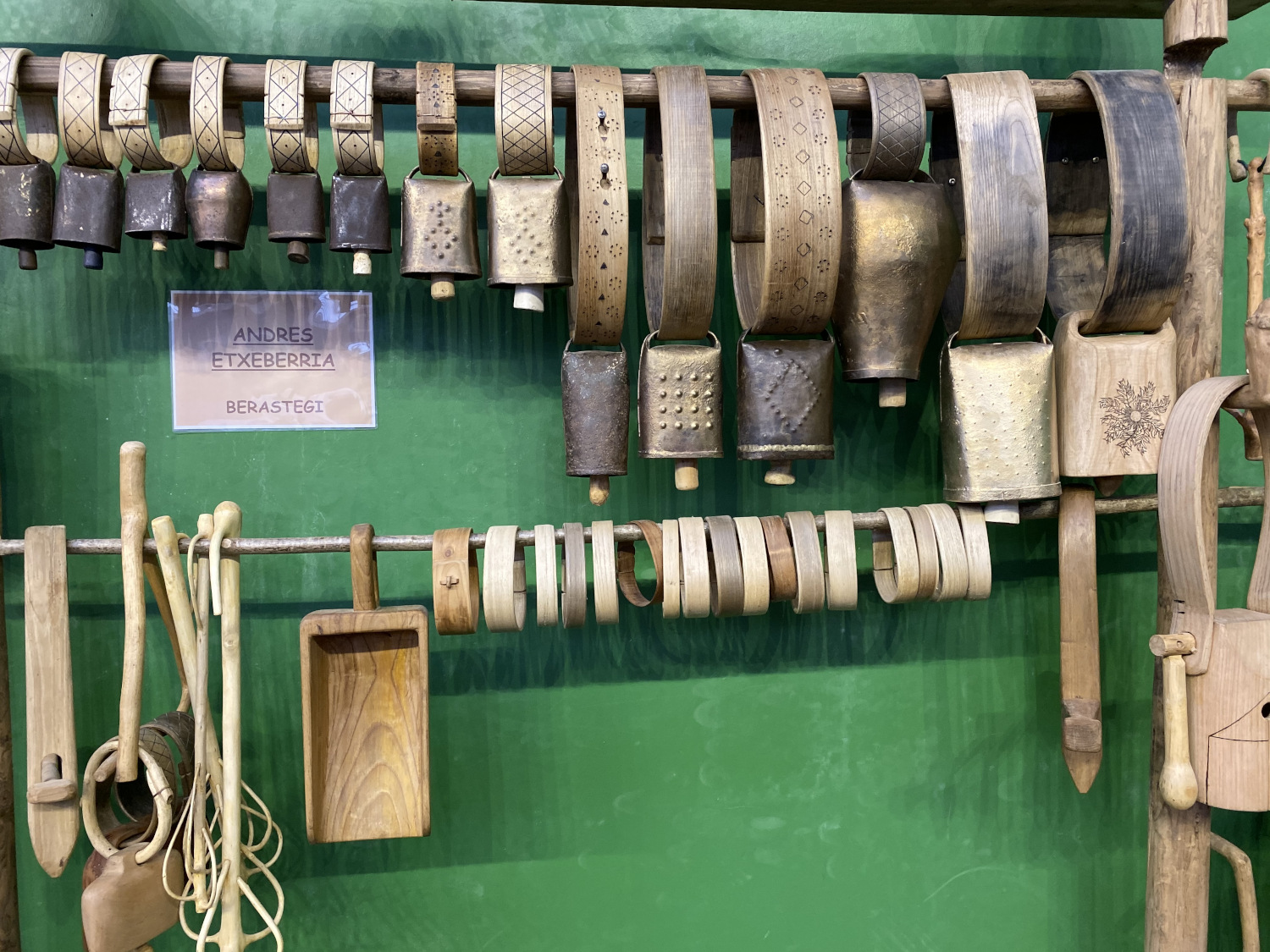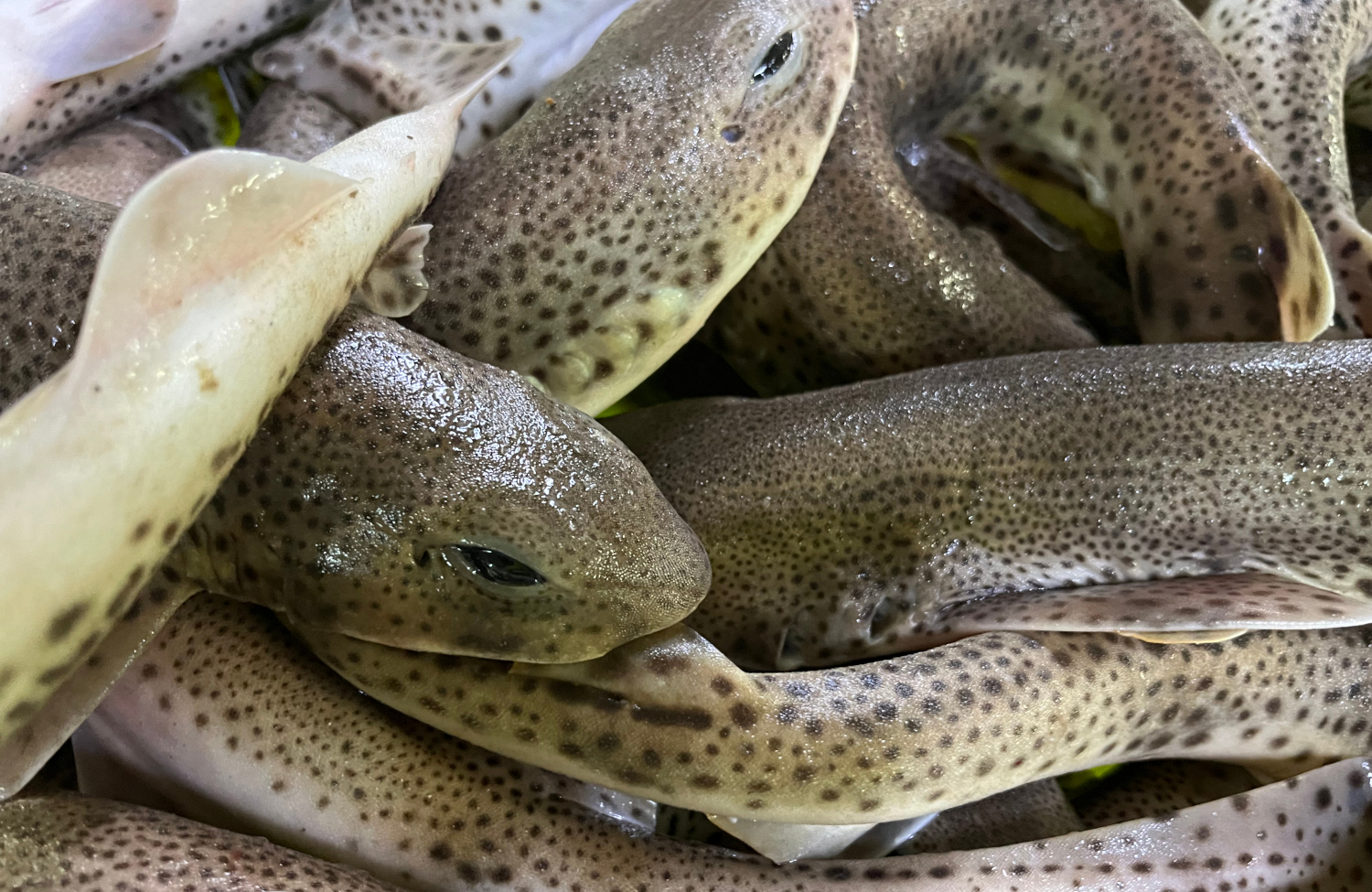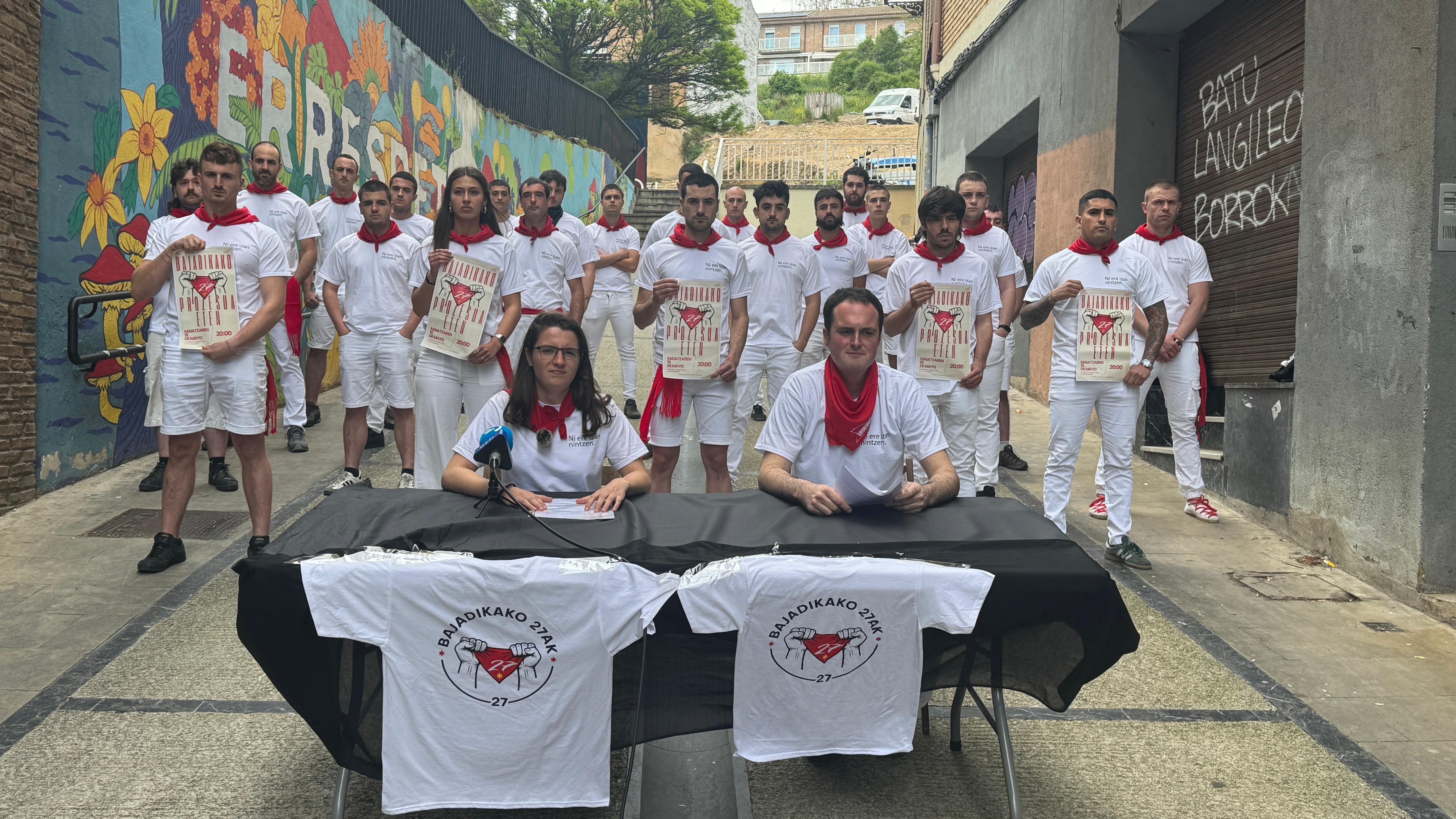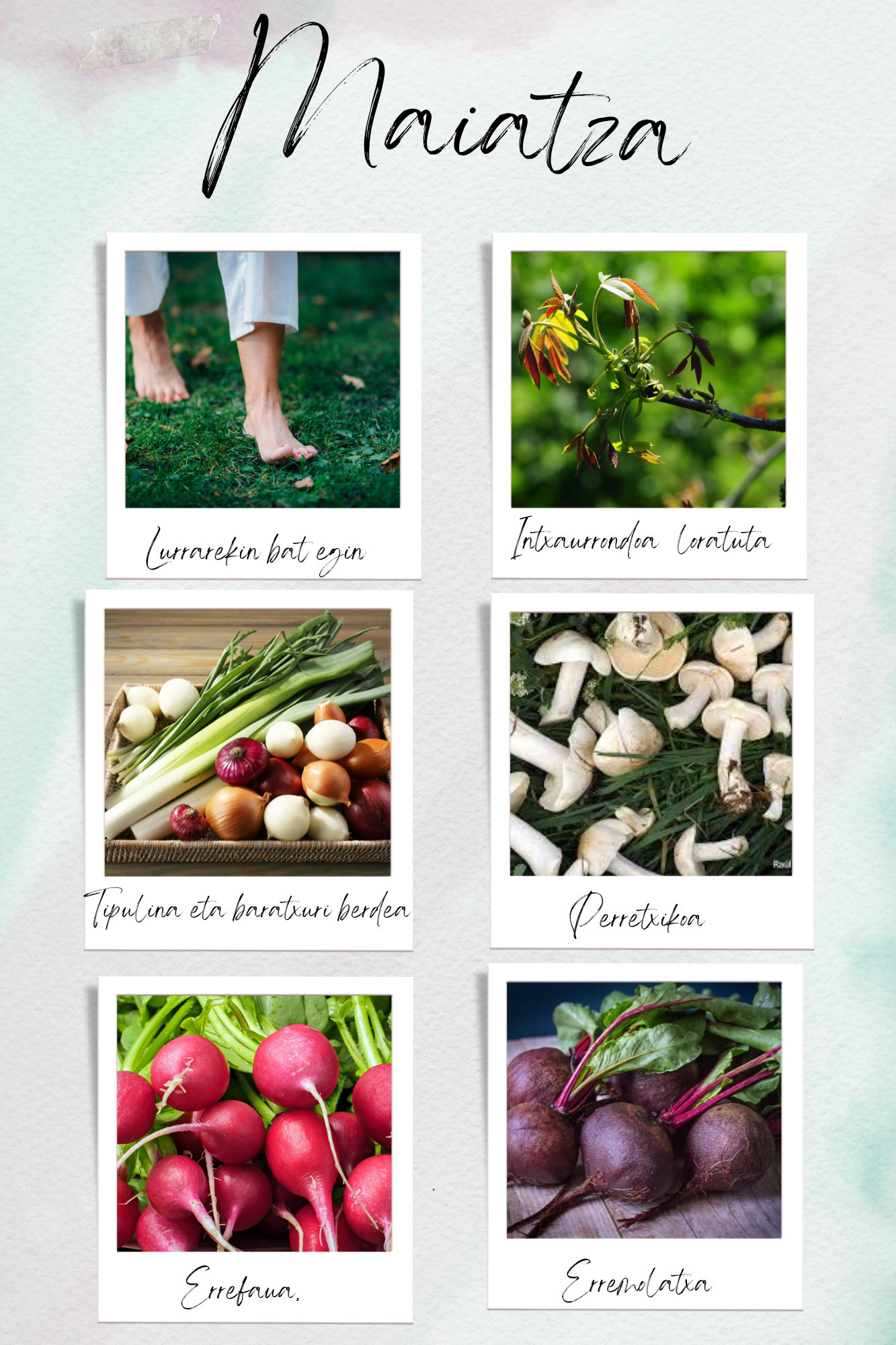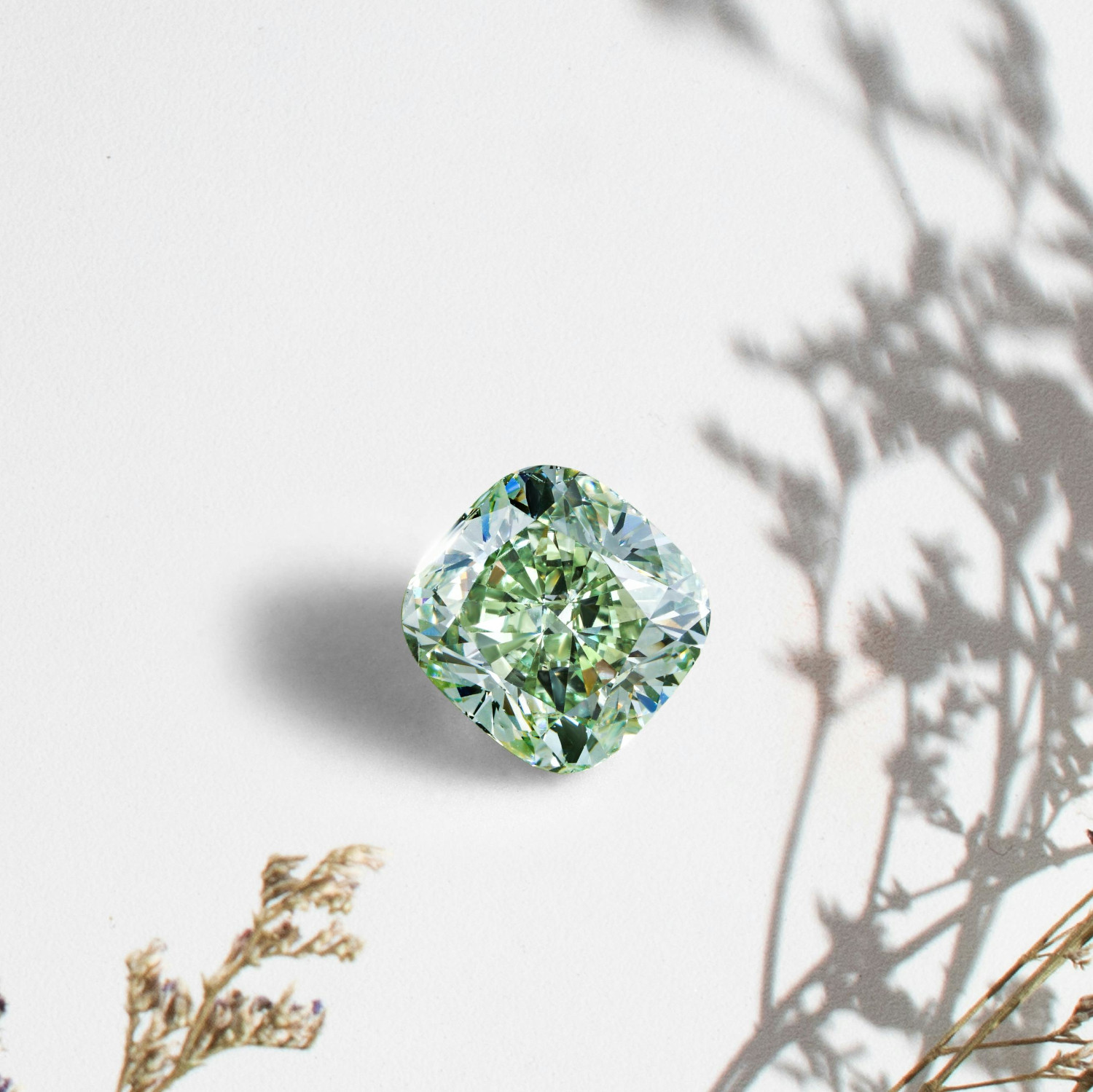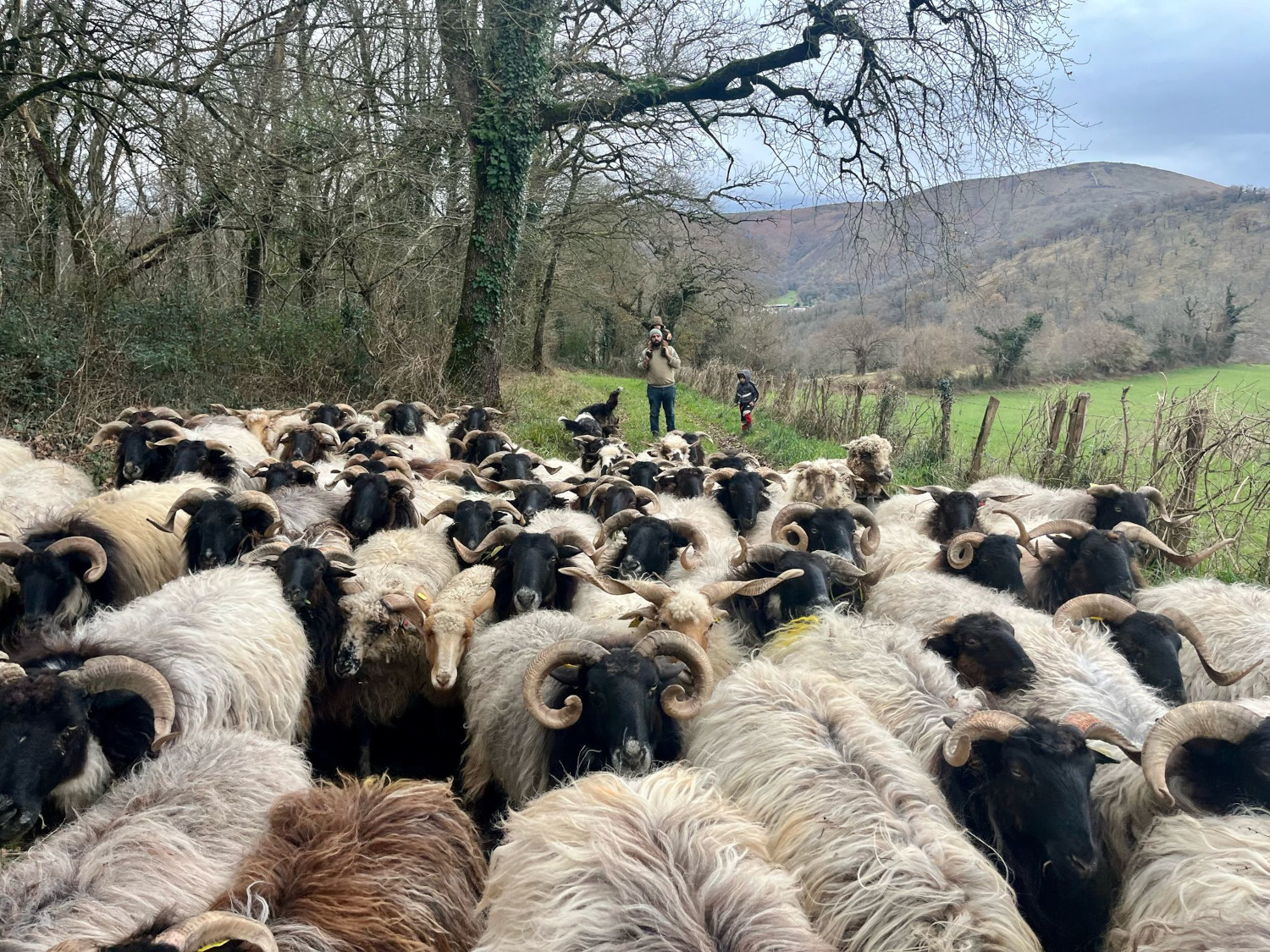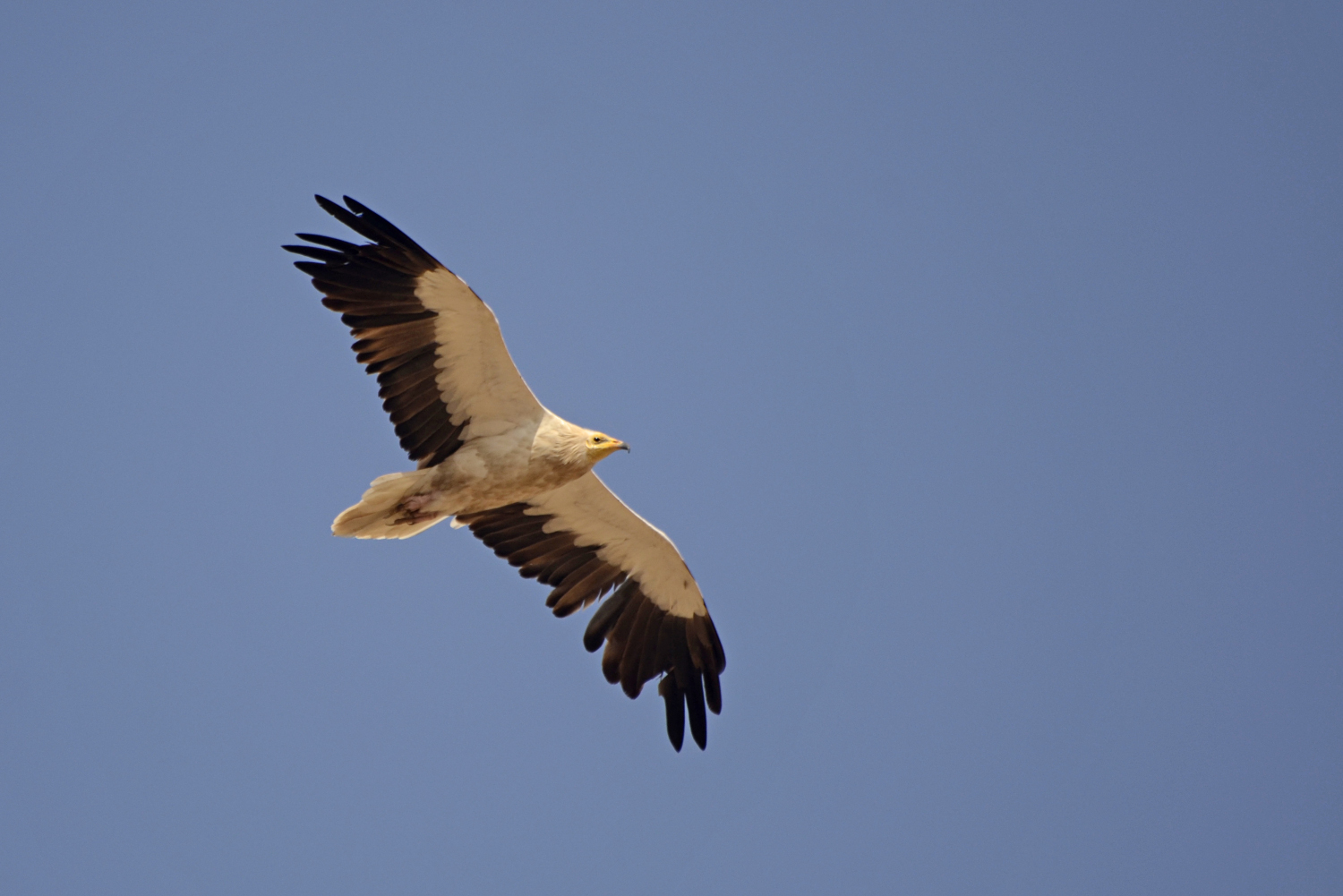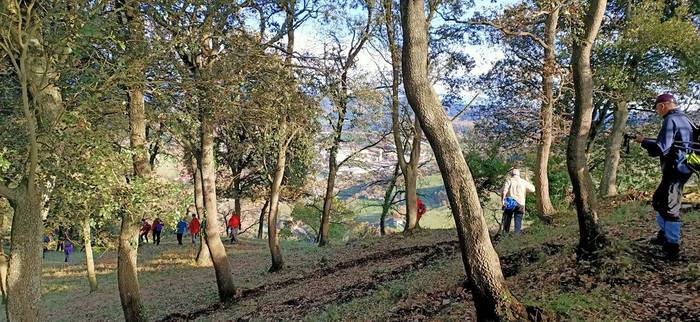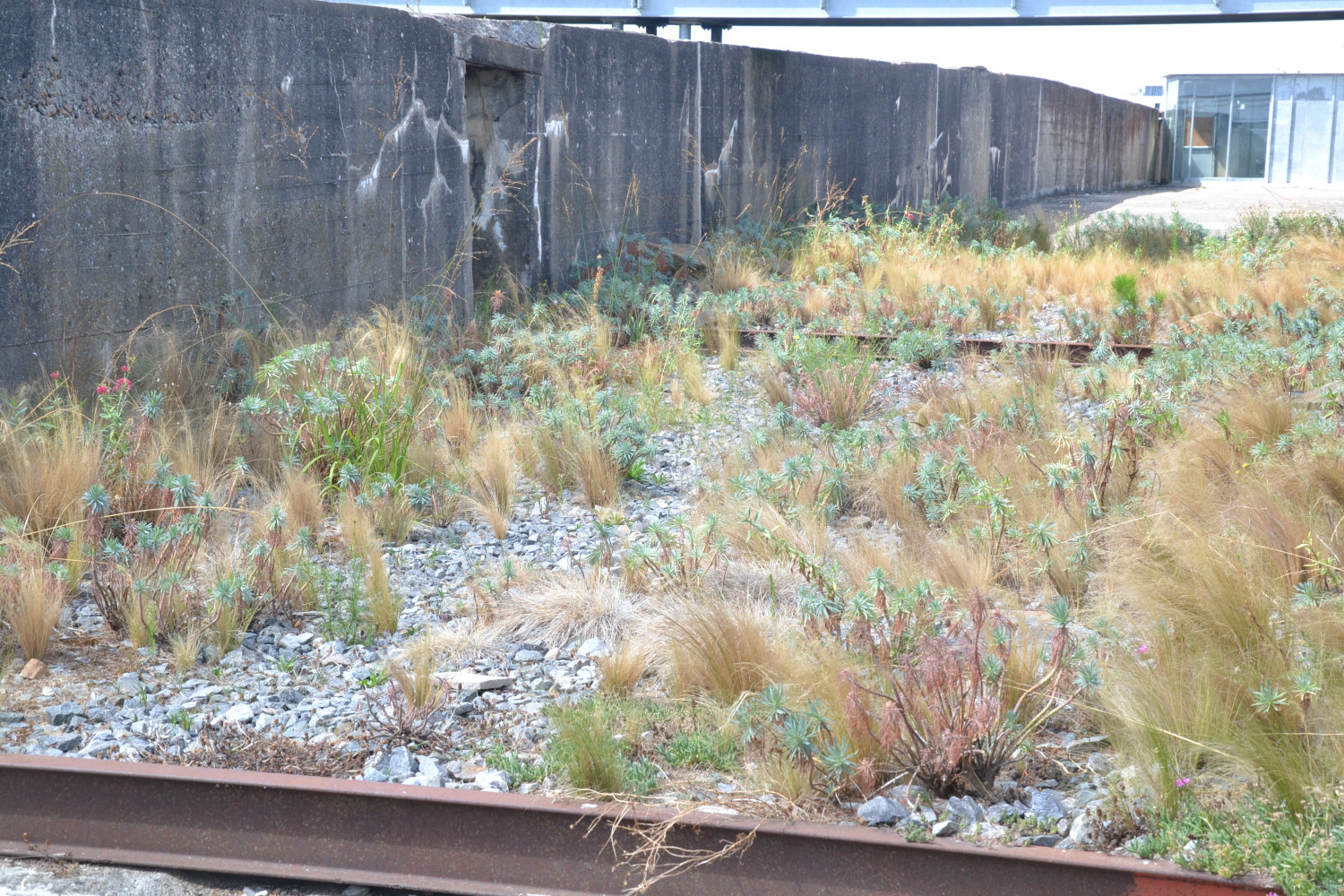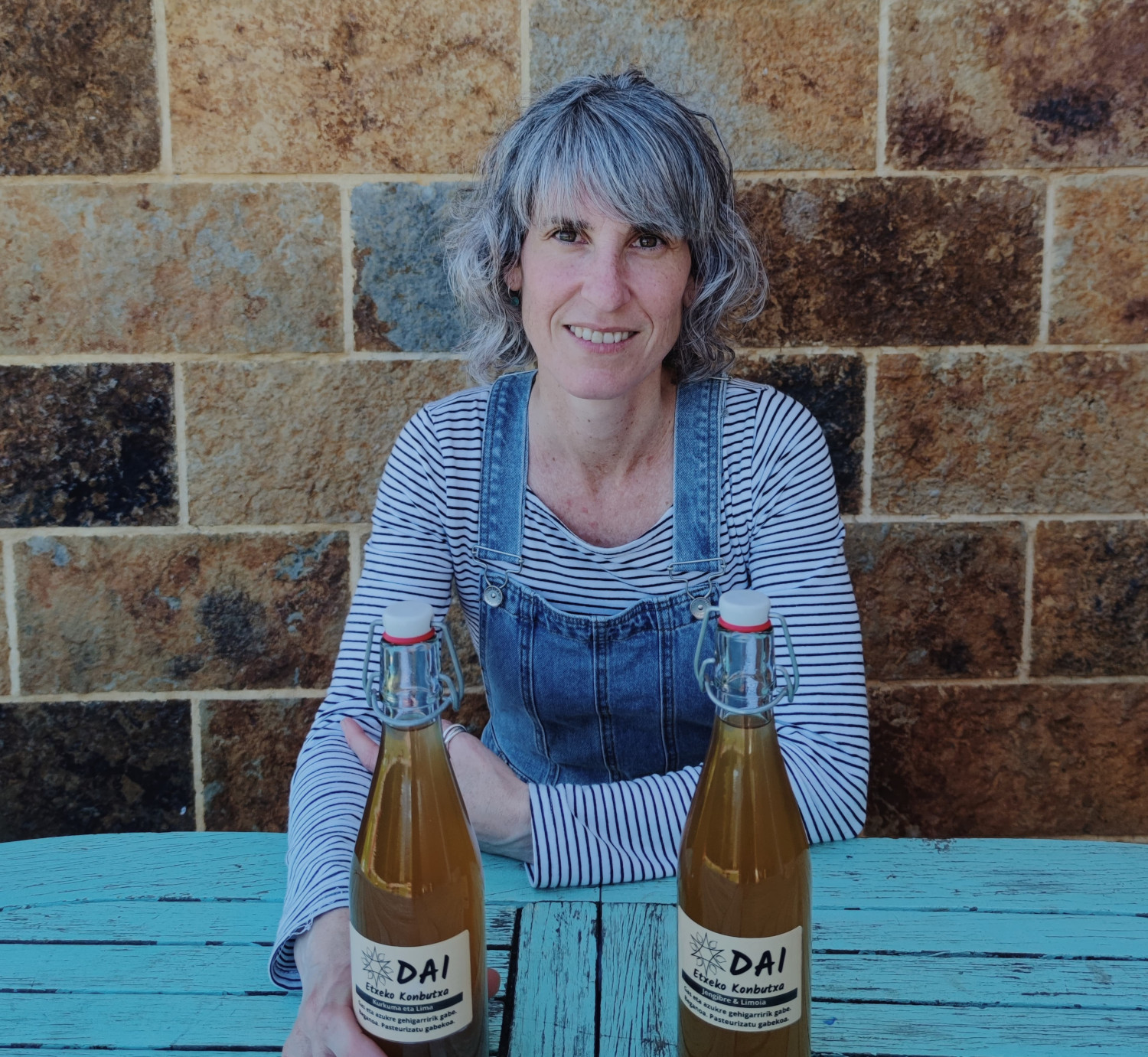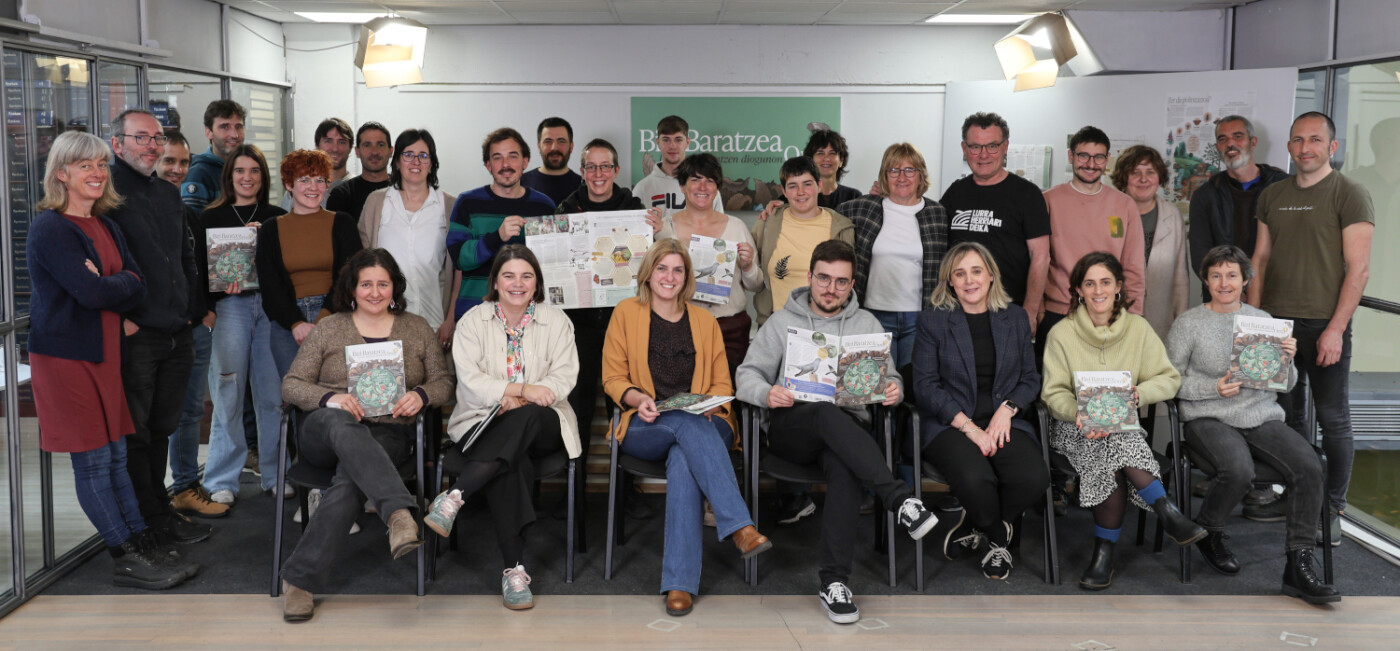The need to live with each other
- A Chilean friend has told me a story about his village and left me a mouth full of implants. It is from a plant there known as “quintral”, Tristerix corimbosus. It lives in the warm forests of southern Chile and Argentina, and the plant is very similar to the tongue (Viscum album) that grows on our warm lands.

Both are parasites or parasites, but in size: they have green color, which indicates that they at least perform photosynthesis; they rob sweat to the hospitality plant, but they transform that sweat by photosynthesis and transform the cultivated nutritive sweat in themselves; that is why they are called “hemiparasites”, that is, semi-parasites. The two have no choice but to live in the branches of a guest. The two have edible pores, not porous pores, but at least they're not poisonous. The two were genealogically considered as the Lorantaceae family; the intra remains there, but now the canvas is as the family of Santalicante.
Genetics will tell you what I want, but for me they're herengages. They use the same tricks to give a future to their caste. These grains are offered to birds; a hard seed wrapped in a soft edible crumb. It is not a particularly sweet flesh, it is not a cherry (Prunus avium) or a gurbe (Sorbus domestica); it does not dissipate energy or sugar to attract birds. It is enough for birds to produce their fruits when they have another scarce variety of foods: in winter. Hunger tactic: a little worse. Winter also visualizes it; in a landscape plagued with plants, winter brings us an almost general devastation and the canvas appears there with a pride point,
a bright, dense, visible green from lejos.Las two plants dress the pulp of the grain with league, so that when the bird comes to feed it gets stuck at the peak the seed of the heart of the grain, and to remove it, sticking the seed branch against the branch,
Birds need mistletoe, winter forage reserve. And language needs a bird, its delivery seed. It feeds on a small auxiliary chain like this, a rich bioplural ecosystem, like a spiral that doesn't end. The plant that we feel like a parasite also gives its own ecosystem, it's necessary. Parasites, yes, parasites, those that live at the expense of others, are also needed if ecosystems are to live properly. In Chile there is Aramayo, but our forestry engineer Markel Arriolabengoa is from Aramaio and has made a spectacular video about the complexity of nature: “Complexity”, which has been seen to me and has occurred to me what I have written: many gracias.En places to understand these coexistence, we use with the plants qualities that we
desire adjective feos: weed, malignant grass, barabbas, parasites, invaders, etc. And a living being who thinks he can live on the margins of that enjoyment is free. We have a party, here and in Chile.








